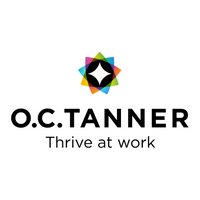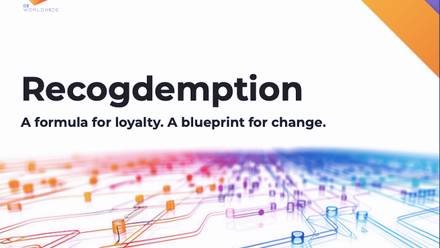5 ways to use recognition in performance management
Traditionally, performance management has relied on annual reviews with a list of areas the employee could improve on if they’re to progress in their career.
How performance is assessed and managed is generally improving across organisations, becoming less of an annual event and more of a continuous, two-way assessment. However there’s still room for improvement, including using recognition linked to performance.
Modern organisations are switching to more continuous, personalised performance management involving regular reviews, one-on-ones with leaders, peer one-to-ones, and daily conversations.
5 ways to use recognition in performance management
1. Recognition for results – When employees go above and beyond in what they deliver, they must be recognised and rewarded accordingly. The recognition could be for reaching their monthly target or for becoming more efficient through innovation. Leaders should recognise great results frequently and in a timely fashion, never leaving it until the next review when the warm glow from the employee’s achievement may have already faded.
2. Recognition for efforts – When an employee demonstrates extra effort, even when the results don’t follow, this must be recognised. Not every employee will achieve top results, but they might put in just as much effort as a top performer (if not more), and this should not go unnoticed. A personalised and meaningful ‘thank you’ ensures the employee feels seen and appreciated.
3. Recognising the right behaviours – Toxic behaviours should never be rewarded, for example bullying coleagues to get a result. Similarly, when colleagues display behaviours leaders would like repeating, they should be praised and recognised in a timely fashion. The behaviour might be excellent team-work, innovation or first-class customer service. By publicly praising the right behaviours, leaders’ expectations are made clear.
4. Recognition by colleagues – Performance management shouldn’t just be a top-down manager-to-employee process but should also involve peers. Peers should be empowered to give recognition and a reward, such as points towards a gift, when they witness the right behaviours and/or a colleague going above and beyond’. This peer endorsement not only provides a more rounded, holistic approach to performance management, but also nurtures a culture of inclusivity and belonging.
5. Recognition for career milestones – As wells recognising efforts and results, career milestones must be celebrated and rewarded, from the employee’s one-year anniversary onwards. During these celebrations, it’s important to list the employee’s individual achievements and how they’ve contributed to the company’s success.
Recognition is a valuable addition to a robust performance management strategy in which colleagues are regularly appreciated for their efforts, achievements, milestones and behaviours. By using recognition as one of many approaches to performance management, this helps employees to consistently grow and develop, while deepening the connections to their managers, peers and the organisation as a whole.
Supplied by REBA Associate Member, O. C. Tanner
Giving teams the integrated tools they need when, where and how they need them.








